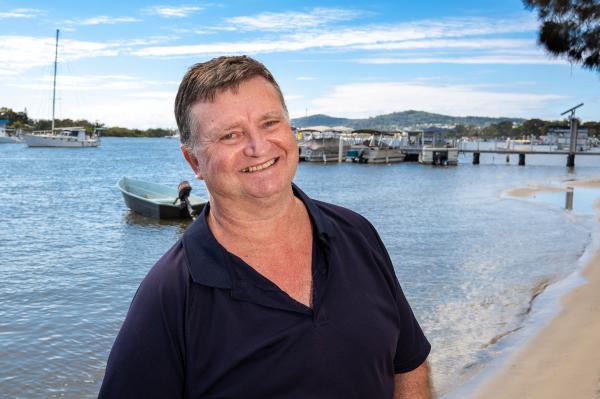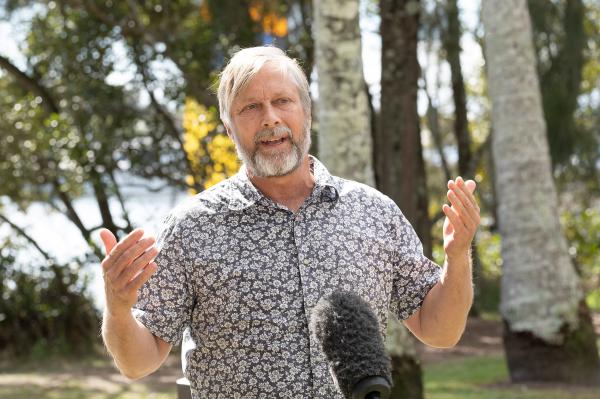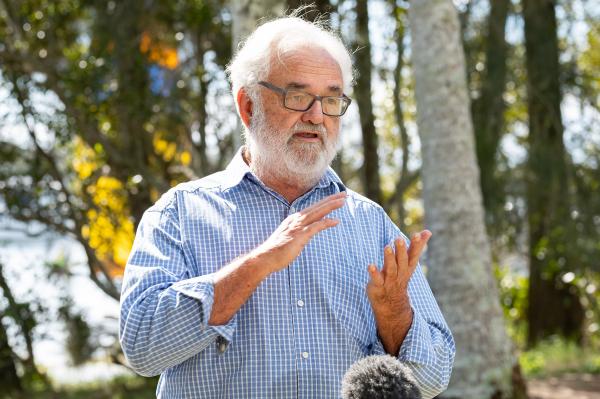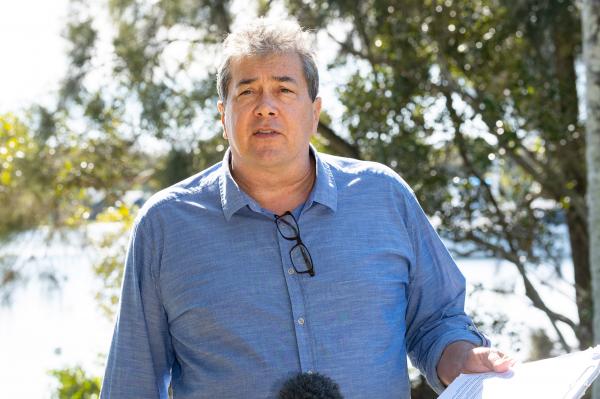Too much sediment is killing the small marine life in the Noosa River that feed the fish and prawns, a groundbreaking study of the Noosa River ecosystem has revealed.University of Queensland Professor Greg Skilleter joined project stakeholders beside Noosa River on Tuesday to release his report on a study which repeated an investigation in the Noosa River he had conducted 20 years before, enabling a direct comparison. The professor led a research team that studied the benthic layer to measure the “little critters“ that live in the mud and provide the major food source for fish and prawns and included a study of the activities conducted on land along the catchment.
The study found a 30-65 per cent decline in the organisms compared to findings in 1998.
Dr Skilleter said some species were on the fringe of being locally extinct and bivalves that used to be there in their hundreds per square metre were “gone completely“. “We could barely find a prawn in the system,“ he said.
He said the team couldn’t find enough prawns to study their abundance while 100 years ago prawns were being pulled from the river by the ton.
“For any effective management we need to have data to tell us about changes and to fix any problem detected,“ he said.
Dr Skilleter said the significant decline was “a serious concern“ indicating something has to be done if the river was to be maintained.
“There are solutions,“ he said. “This is reversible. It will take commitment and funding. It’s not simple.“
Dr Skilleter said from a water quality perspective the river had no heavy pollutants. Sediment was a physical thing that could be moved.
Reducing the amount of sediment entering the river system from erosion along the catchment and opening up the river mouth to enable it to flush out will help prevent it from being trapped, he said. Bringing back oysters will help filter the water and reestablishing mangroves and seagrass would help contain the sediment, he said.
The study was the third component of the Bring Back the Fish research program, a joint initiative of the Noosa Biosphere Reserve Foundation (NBRF), Noosa Parks Association and The Thomas Foundation, aimed at understanding how to improve biodiversity in the Noosa River.
Noosa Parks Association president Michael Gloster said looking at the history of the region we shouldn’t be surprised the river was drowning in mud.
He said the process began in the late 1880s when timber getters and farmers cleared land causing mud to drain into the river. In the late 1800s-1900s oyster reefs were exploited. In the 1950s beam trawling for prawns took out most of the seagrasses. In the 1970s Council “did Hays Island“ and “clogged up the river mouth“.“NPA seeks a Noosa River that runs blue not brown, has increasing not decreasing prawns and fish, and is a source of shared community pride not division,“ he said.The Thomas Foundation director Rowland Hill said “the report further confirms the biodiversity decline in the Noosa River system, making the Noosa Council’s recent endorsement of The Nature Conservancy’s management plan for the Oyster reef project even more timely“.
Noosa Councillor Tom Wegener said the strong evidence from the report would enable a move forward but discussions would be held in Council before further investments were made.
NBRF chair Rex Halverson described Noosa River as the lifeblood of the Noosa community.
“It supports us economically and has significant cultural and environmental value so it’s important we preserve it,“ he said.
“This report provides a benchmark for evaluating the results of initiatives like the oyster reef restoration and Keep it in Kin Kin sediment mitigation projects. It will also help to inform Noosa Council’s river management planning and monitoring into the future.“
A public information forum to discuss the results of the report will be held at a later date.










